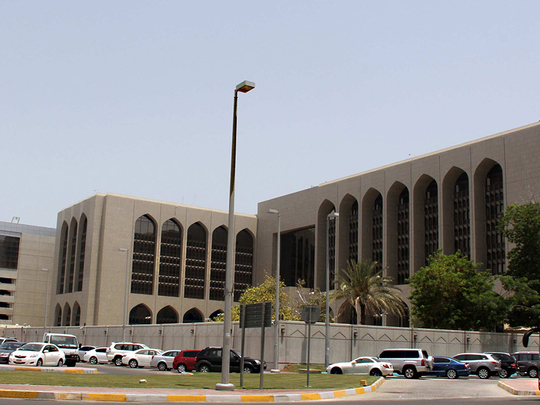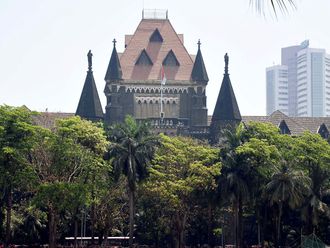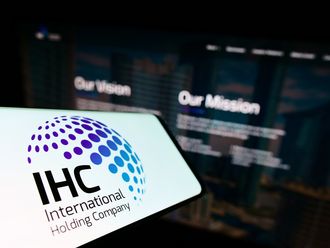
Abu Dhabi: An increase in interest rates in the UAE is likely to mean additional headwinds to the country’s economic outlook as well as slower loan demand by UAE-based consumers and businesses, economists said.
On Thursday, the Central Bank of the UAE announced that it has raised interest rates applied to its Certificates of Deposits (CDs) in line with interest rate hike from the US Federal Reserve. The raise by 25 basis points is effective as of December 15.
CDs are issued by the Central Bank to banks operating in the UAE, and are a monetary policy instrument through which changes in interest rates are transmitted to the UAE banking system.
Chris Probyn, chief economist at State Street Global Advisors, a US-based asset manager with an office in Dubai, said the rate hike will mean tighter liquidity and an accentuation of macroeconomic challenges seen in 2016.
“When you tighten to protect the peg, you will be adding to anti-growth pressures that already exist. You still have oil prices down from $110 [Dh403.70]…[Governments] are cutting back subsidies and cutting back on some of the public sector employment and wages — those kind of changes all take demand out of the system. When you add rising interest rates, it’s not a good combination for growth,” Probyn told Gulf News.
Higher interest rates will also make it more expensive for companies to raise capital to spur growth.
A survey by the Central Bank of the UAE for the third quarter of this year showed a slowdown in demand for both business credit and personal loans amid ongoing tightening of credit conditions. That downtrend trend in credit appetite is likely to remain in 2017.
“[The hike] should provide the banking system with more of a spread between deposit rates and lending rates, so it’s positive for the financial sector but I don’t think it’s positive for the economy as a whole,” Probyn said.
Pressure to de-peg
The rate hike also means a stronger US dollar, to which the UAE dirham is pegged, and such strength adds pressure on GCC governments to de-peg their currency. But Probyn said that move can only be looked at when the GCC economies are more diversified.
Considering the GCC’s main export is oil, which is traded in US dollars, a dollar peg is all the more favourable for now.
“We see less than two per cent, or right around two per cent growth [in GCC economies], so it’s going to be a rather anaemic, lacklustre year in the GCC, and the risks are skewed to the downside because you have the potential for rates to be higher,” Probyn said.
At its meeting on Wednesday, the US Federal Reserve signalled a faster pace of rate increases in 2017 amid the incoming Donald Trump administration, which is pro-growth, pro-spending, and calls for higher interest rates.
The projected three rate increases in 2017 mark much higher acceleration compared to the one hike in 2016, one hike in 2015, and zero interest rates in the past decade.
Government borrowing
Monica Malik, chief economist at Abu Dhabi Commercial Bank, pointed that higher interest rates are supportive of further international borrowing by the GCC. Such borrowing in 2016 has been critical in reducing domestic funding requirements, she added.
“We have already seen a slowdown in credit growth with the softening in economic activity. Higher interest rates will add to this. Across the GCC, we expect to see borrowing largely being driven by government funding requirements and GREs [Government-Related Entities],” she said.
Speaking to Bloomberg earlier on Thursday, Malik said higher interest rates in 2017 is going to be an additional economic challenge at a time of tight liquidity and slowing economic activity.












